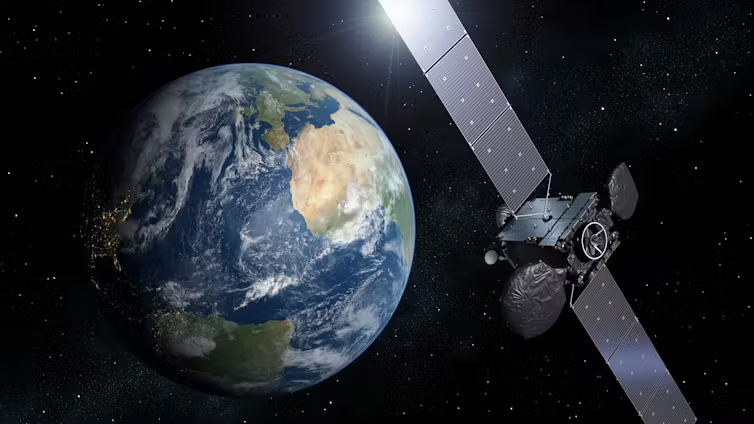
Last summer, I received an email from 13-year-old Adriana Baniecki in Chandler, Arizona. She wrote, “I have just started viewing the sky with my new telescope, which has an aperture of 114mm (4.5 inches) and a focal length of 910mm. I have 25mm, 12.5mm, and 4mm eyepieces, as well as a 3x Barlow. I was wondering, given my eyepieces, what magnification would be needed to view the Moon and planets.
“Also, in your January Astronomy column, ‘January’s top 10 targets,’ I noticed references to both the angular size of an object and the magnification needed to view it. [Author’s note: I had mentioned that the Pleiades star cluster (M45), which spans 2°, is best viewed with low power.] Given the angular size of any object, could you simply calculate the magnification needed to view it? If so, how?”
Astronomy magazine subscribers can read the full article for free. Just make sure you’re registered with the website.









